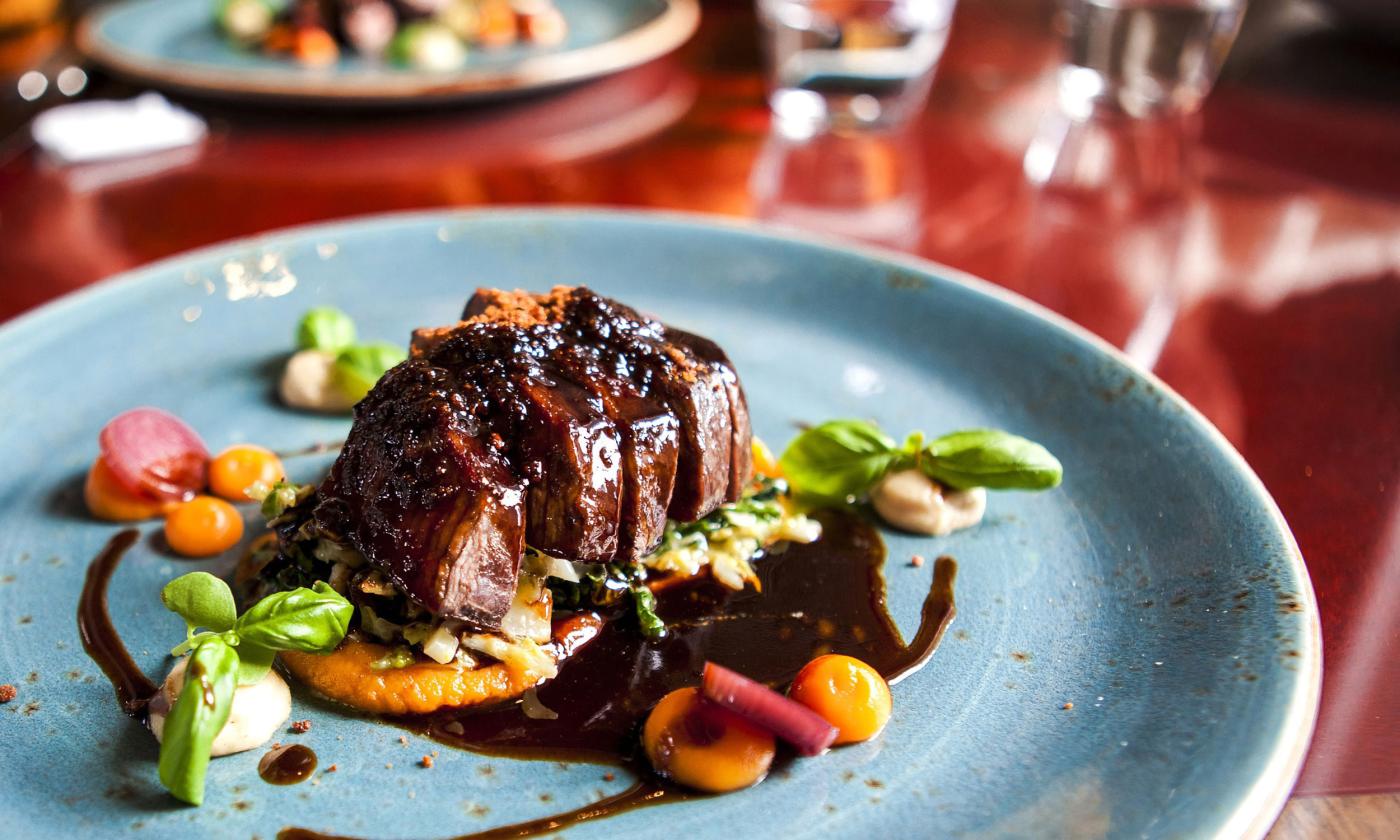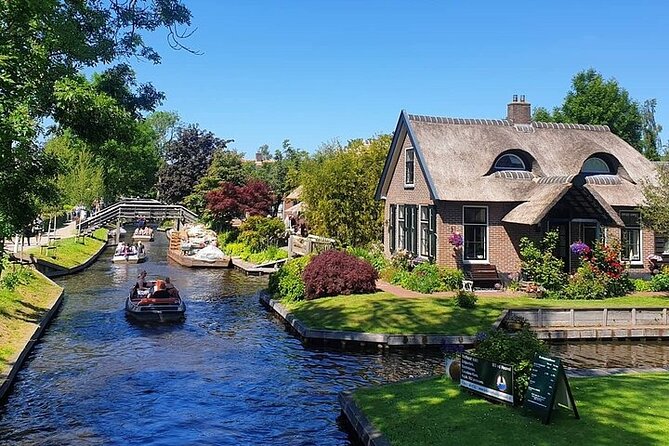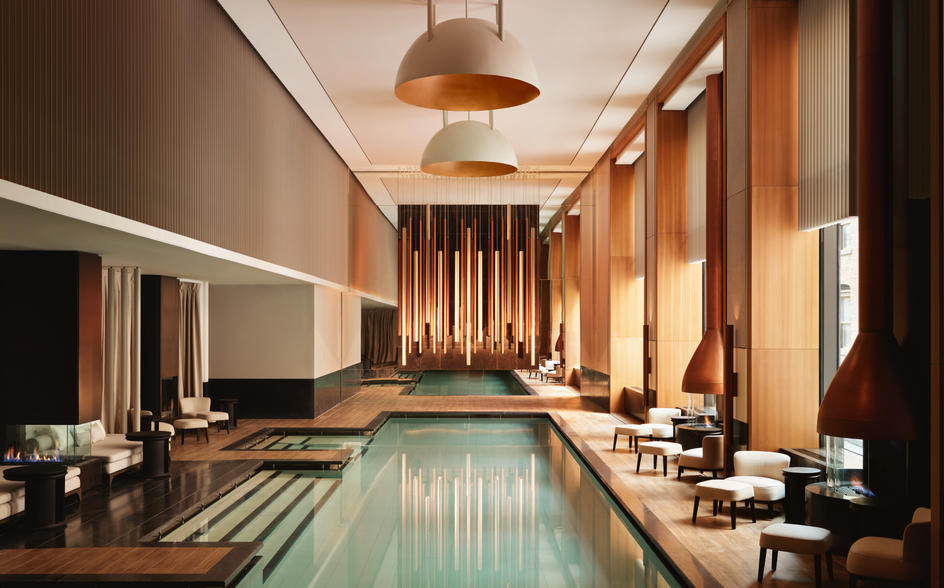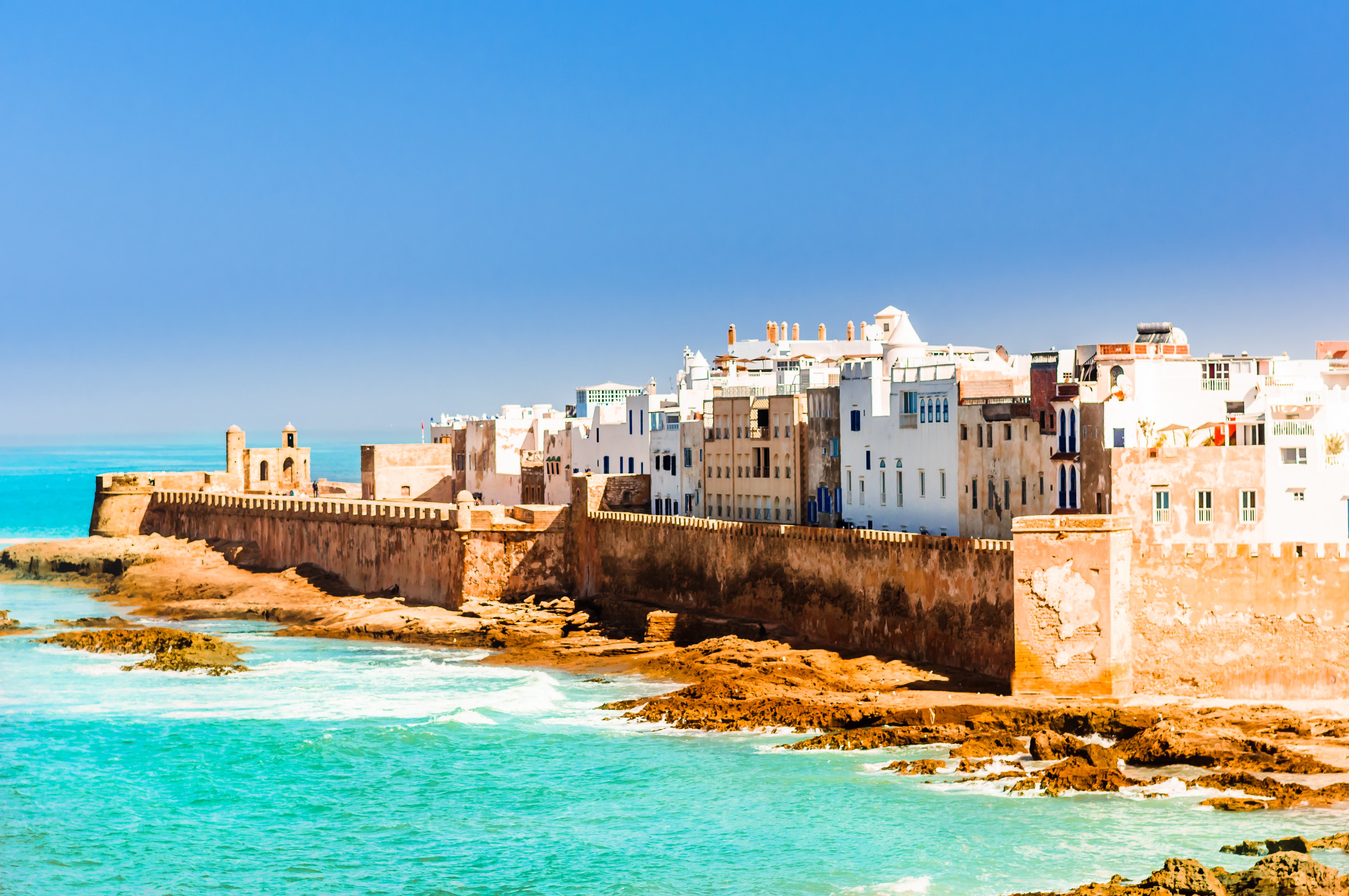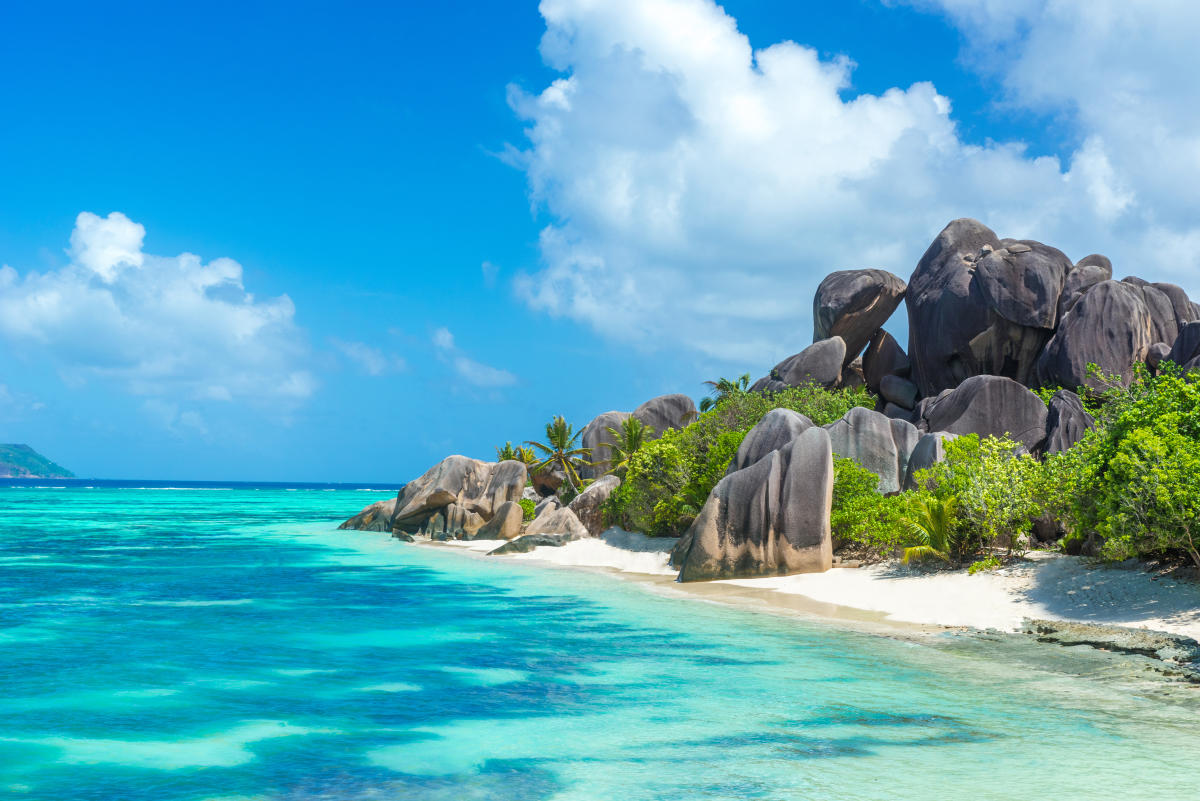Dining Without Borders: How Global Travelers Use The World’s 100 Best to Map Culinary Journeys
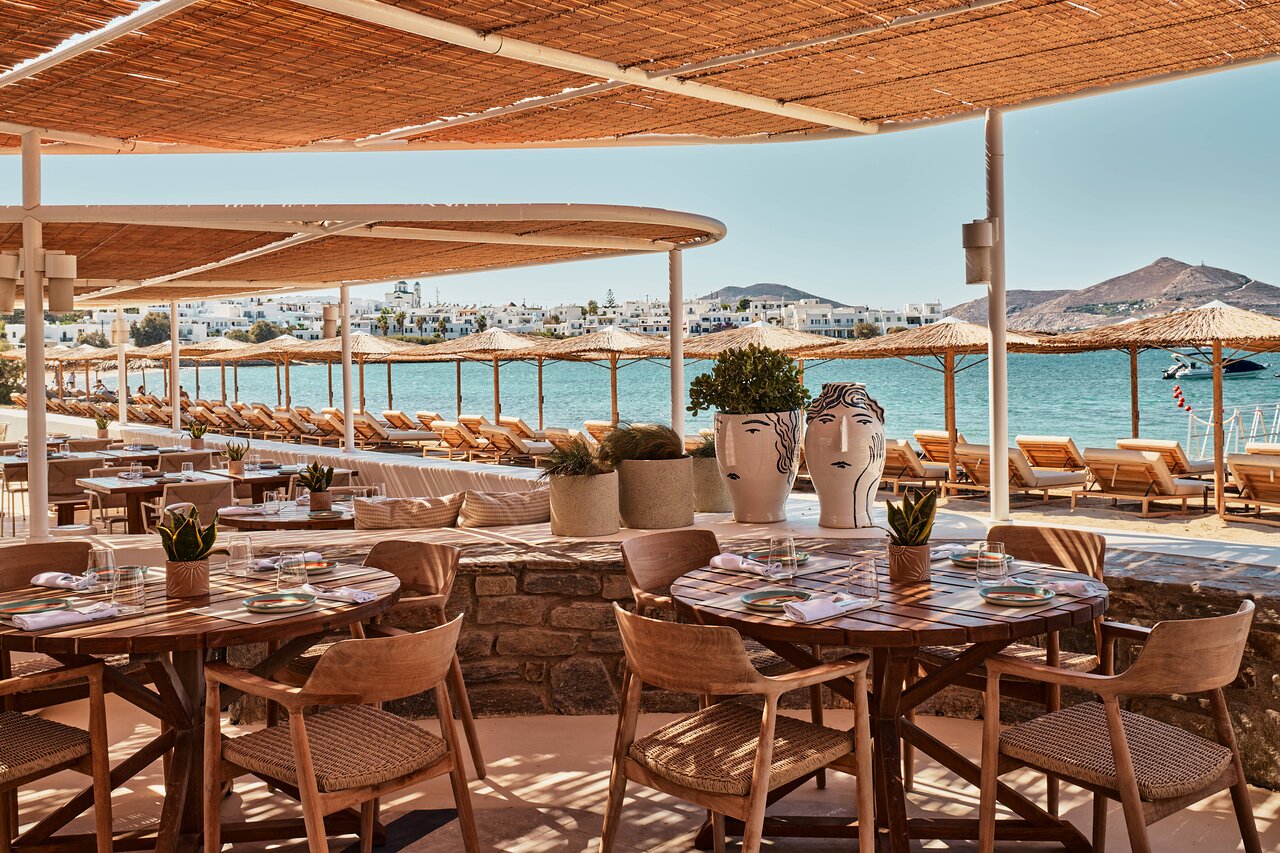
In 2025, the culinary map of the world is no longer drawn solely by traditional guidebooks. Increasingly,
The World’s 100 Best Restaurants and The World’s 100 Best Bars—along with their regional editions—
have become the compass by which global travelers design their itineraries.
For a new generation of explorers, food and drink are not side experiences but the very purpose of travel.
Dining at a restaurant ranked among the 100 Best or sipping cocktails at a recognized bar is both a personal
milestone and a cultural pilgrimage.
Tourism boards once marketed landmarks, landscapes, and luxury hotels. Today, they highlight the presence of a
100 Best restaurant or bar as a global calling card. Cities like Bangkok, Mexico City, Tokyo,
and Paris have found that their reputation as “must-visit” destinations is inseparable from their
culinary and nightlife scenes.
A new archetype of traveler has emerged: the culinary pilgrim. These guests plan their journeys
not around beaches or shopping districts but around tables and bar counters. They cross continents to taste a
signature dish, experience a tasting menu, or sit in a seat where innovation is unfolding.
New York, Los Angeles, and Mexico City showcase bold, experimental spirits in both restaurants and bars. Tokyo and Bangkok blend heritage with cutting-edge creativity, dominating the region’s imagination. Paris, Copenhagen, and Barcelona balance gastronomic history with reinvention. Dubai and Doha rise as nightlife pioneers, shaping new cultural landscapes. “For these travelers, every reservation is a form of cultural participation, a way of being part of a living story.”
Dining in the 100 Best is not simply about flavor. It is about understanding a place through its
culinary identity. Restaurants and bars become windows into society:
Experiences at The World’s 100 Best venues carry a powerful social dimension. Documenting a dining
journey on social media or within professional networks is a form of cultural capital. To say one has dined at
an awarded restaurant in Kyoto or sipped a cocktail in London signals discernment
and global fluency.
This phenomenon has created a virtuous cycle: demand fuels prestige, and prestige fuels further demand. Tables at
the top-ranked restaurants and bars become among the world’s most coveted reservations.
As the influence of The World’s 100 Best continues to grow, the distinction between travel and dining
collapses. Culinary itineraries are travel itineraries; the pursuit of taste becomes a pursuit of culture.
The greatest journeys of the 21st century are being mapped not on political atlases, but on menus and bar lists
that capture the imagination of a global audience.
From Destination to Dining Destination
Culinary Pilgrims and Their Journeys
North America
Asia
Europe
Middle East
Mapping Culture Through Taste
The Social Currency of Culinary Travel
Toward a Borderless Culinary Future

